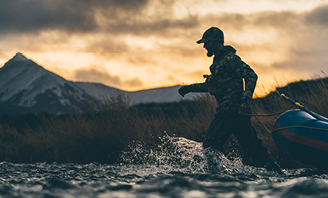
What better time to take stock of what you’ve got and identify what you might need? Set aside an afternoon, weekend, or whatever your personal hoarding habits will require and go through each and every piece of shooting gear you own.
Are your sandbags in good shape or are they about to spring a leak? Are your tools still in working order and organized the way you want them? What’s the battery level like on your red dot? These otherwise mundane tasks need to be taken care of eventually, and right now, time is probably something you can spare. So put it to good use, and make sure your less flashy gear is as well taken care of as your firearms and optics.







